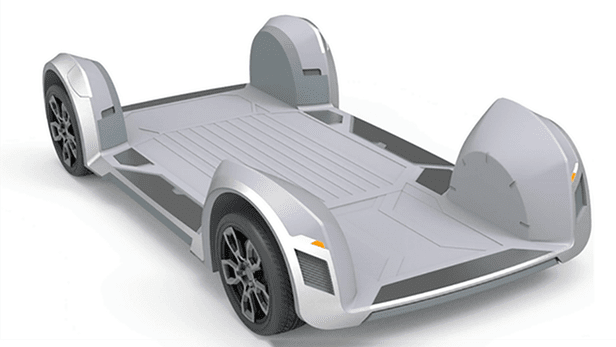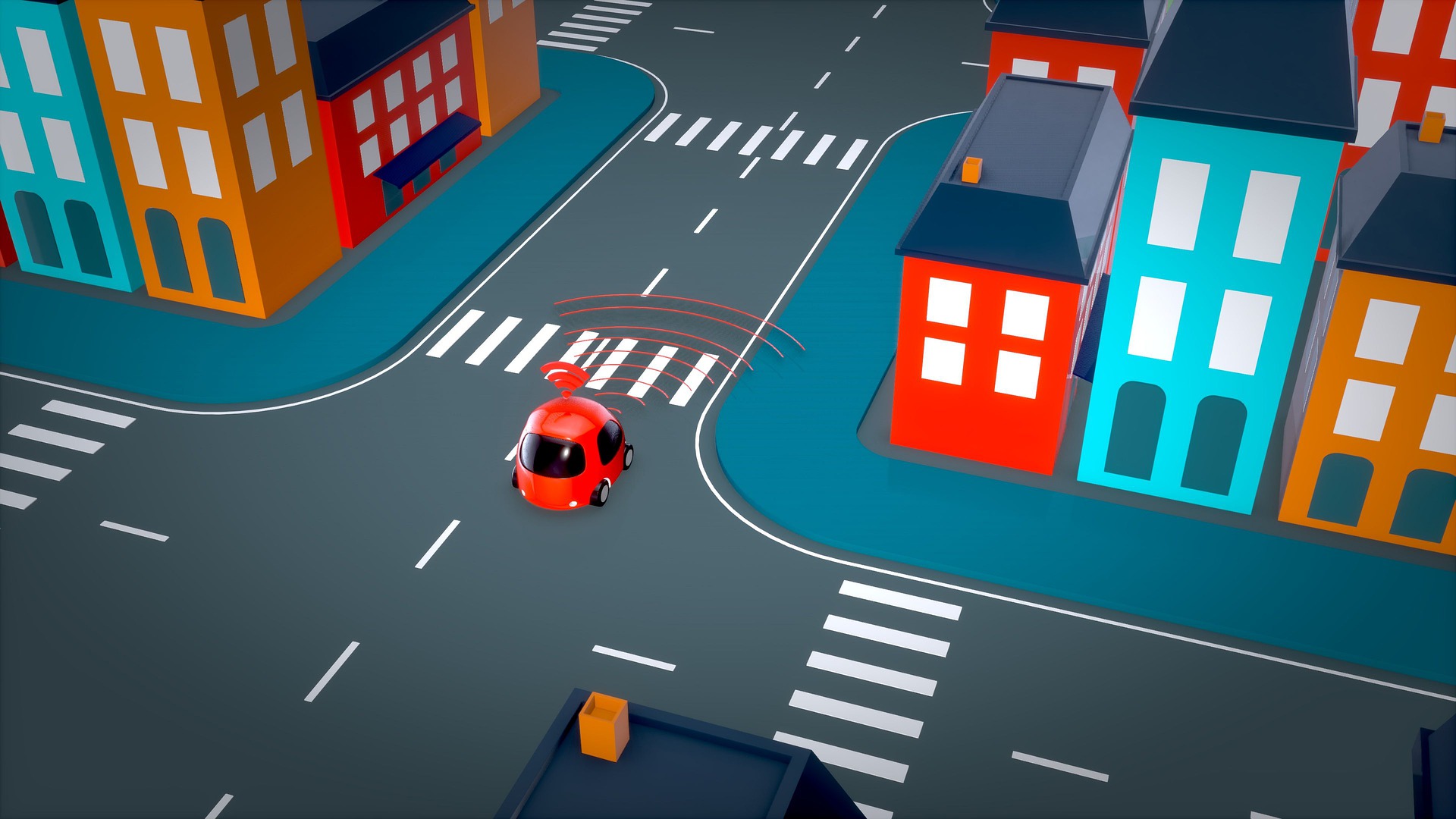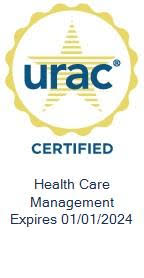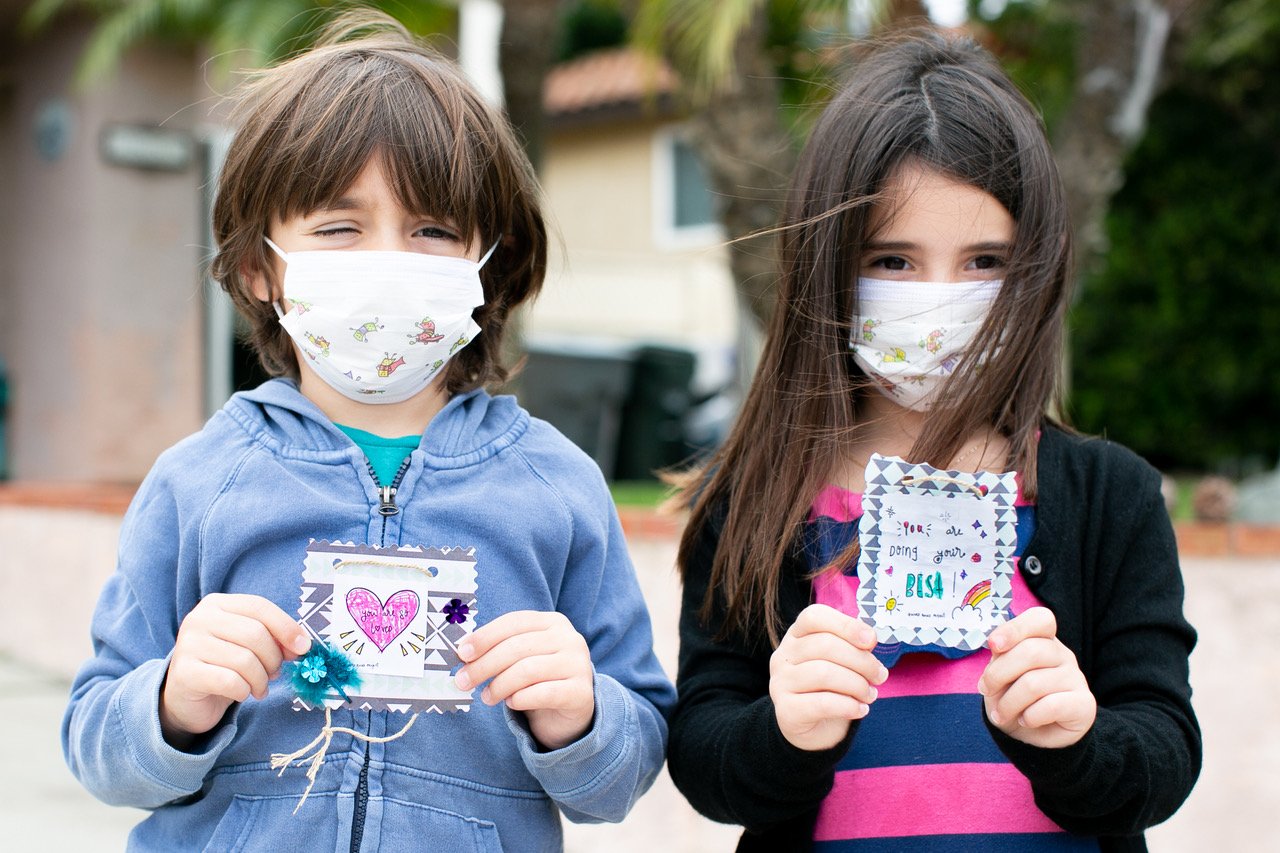Veyo Technology: Non-Emergency Autonomous Transportation in Healthcare, Part 3
April 21, 2020
Each year, 3.6 million Americans miss or delay medical care due to transportation issues. Issues that stem from an overly complex and difficult-to-manage process that has not changed in decades. Quality of service in the non-emergency medical transportation (NEMT) field has been plagued by inadequate technology, outdated business models, inconsistent and unprofessional medical transportation providers, and virtually non-existent transparency for the health plan or customer. In most cases, this results in negative healthcare outcomes, and in more severe cases, can lead to increased ER visits, interference with essential, life-sustaining systems, and possibly lead to death.
Autonomous vehicles promise to be one of the biggest revolutions of our times that will disrupt everything from parking garages to office space. But how will this revolution disrupt the healthcare transportation space? By analyzing the existing smartphone ecosystem, we can find many parallels with the autonomous vehicle space. In the upcoming posts, I will identify some of the similarities and see how they would each play out in the autonomous world in general, and in healthcare transportation specifically. Find Part 1 of our series on autonomous vehicles here and Part 2 can be found here.
Part 3 – The NEAT App
Introducing – The virtual nurse
Beyond the simple task of driving, Veyo IDPs have a crucial role in reviewing the wellbeing of their passenger. In a vehicle without a driver, this job would fall into the capable hands of a virtual nurse. The smart vehicle would require both a hardware device and software that would be able to measure basic health indicators of the passenger: temperature, blood pressure, heart rate, oxygen, etc. Since some of these monitors already exist today in digital watches and a few other similar devices, it seems imaginable we could create and implement some monitors into an armrest or passenger seat. Another alternative would be to create a watch that would integrate with the virtual nursing software running in the vehicle. As the patient enters the vehicle, the virtual nurse would guide them through onscreen instructions to measure their vitals. As soon as the virtual nurse feels confident that the member is being monitored properly and is ready to travel, it would signal to the autonomous operating system that it is ready to begin the ride.
Many of these monitoring tools are already in existence today in emergency rooms and in consumer products. Bringing these existing sensors and software together into an autonomous vehicle will be the core of what the Neat app provides.
Using the Virtual Nurse
Many of the NEMT-specific requirements would be met by the virtual nurse as it constantly monitored the passenger and their vitals during their trip. Additional requirements could be provided to members as part of the custom passenger compartment.
Emergency Situations
Although a virtual nurse will not be able to provide immediate CPR, it will be able to anticipate problems and will be able to call for help much faster than a driver who is paying attention to the road. The virtual nurse could alert the emergency responders of an emergency, share the location of the vehicle with first responders, and safely pull the vehicle to the side of the road.
Oxygen
Many NEMT recipients require additional oxygen when traveling. The NEAT App could provide specific oxygen levels to the passenger based on the oxygen levels measured through the onboard sensors. In a singular passenger environment, more oxygen can be pumped into the compartment. In a shared ride, an oxygen mask could be provided to the passenger, with guidance on usage coming from the virtual nurse. This mechanism will provide a better experience and a more accurate one since the required oxygen level will be based on real-time measurements.
Wheelchair accessibility
The passenger compartment will allow a passenger to either stay in a wheelchair or use the custom seating in the vehicle and store their wheelchair in a storage compartment. If a passenger was unable to transfer from their wheelchair to a vehicle seat, they could click a button and completely remove the seating area in the passenger compartment. The passenger could then roll into the vehicle and secure their wheelchair. If the passenger was able to transfer into a vehicle seat, they could also use the secured seating that is built into the vehicle.
Sight/Hearing Impairment
The virtual nurse will accommodate passengers who may have impaired sight or hearing by providing different interfaces based on the passenger’s needs. Increased volume, subtitles, and braille-based UIs are all possible and are already being used in apps today. Based on preloaded passenger details, the AV/OS will update the virtual nurse interface and offer a custom experience to each passenger as they enter into the vehicle.
Multiple language options
A virtual nurse could offer services in multiple languages – both written and verbal – allowing passengers the opportunity to communicate in their native language.
Severe mental illness (SMI)
To add an additional layer of service and support to the experience, a virtual nurse could be supervised by a real person who could add that required layer of assistance to a passenger’s experience. Since consistency is key with SMI populations, a virtual nurse would allow the passenger to have the exact same experience with every ride and a level of service that’s simply impossible to attain with today’s methods of transportation.
Preparing for their appointment
Beyond the immediate value generated by improved utilization of existing assets, increased safety, and the elimination of manual labor, there are specific benefits generated by the use of an autonomous vehicle that was built specifically for healthcare transportation. While the passenger is being transported to a healthcare facility, they could spend a few minutes answering questions in preparation for their visit, have all of their basic health indicators recorded, and complete any other pre-examination activities that may be needed. These activities easily take up to 10-20 minutes in a facility, and could all be completed in the vehicle. In the US, Medicaid alone covers around 100M trips per year. The time saved to facilities could be in the $100Ms and would alone provide significant value in the healthcare ecosystem.
How do we build a smart vehicle?
The autonomous market has been on a consolidation track in the past year. This has created some very interesting niche players in the space, each with a very specific set of skills solving particular aspects of the autonomous vehicle problem. One interesting player is REE, a startup out of Israel that created a generic chassis or modular mobility platform that can accommodate various compartments that would be installed on top of the chassis. The chassis could be used to create a van, a container for food delivery, or a healthcare passenger compartment designed to move patients to and from their healthcare appointments, fully customized for the NEMT space.

The REE mobility platform is agnostic of what powers the vehicle, allowing for the use of electric or internal combustion engines, and agnostic of what makes the vehicle move, whether it be an autonomous computer or a human. It is easy to imagine a healthcare-specific module installed on top of this platform that uses an AV/OS to steer the platform and provide all the healthcare needs of an NEMT passenger. You can learn more about REE here.
Summary
The autonomous vehicle space provides exciting opportunities in every possible aspect of our lives. From trucking to agriculture, the autonomous revolution will change what transportation looks like in the future, and while many things will be easier, it will also create new challenges. While today’s autonomous vehicle space is fragmented, many new verticals are being created. AI startups working on understanding what a vehicle can see, sensor startups working on how the vehicle can see, operating systems to combine it all together, mechanics for everything to run on, and more. At this rate, no single company will provide a fully integrated solution to all the problems in this space.
Healthcare logistics will be a big part of the autonomous revolution. NEMT is full of complex problems and the solutions to those problems will require attention to detail, creativity, and laser focus. While Veyo’s main vision focuses on revolutionizing healthcare transportation and logistics through the introduction of groundbreaking technology and a new rideshare model, we are excited to see what’s coming in the future of transportation.
Michael Singer
As the Executive Vice President of Technology, Michael Singer guides our company’s product and technology vision as the leader of Veyo’s bright team of data scientists, product managers, engineers and designers that build beautiful and scalable solutions. Michael Singer is fluent in six languages and has coded in more than 30 countries on three continents, using at least a dozen environments.
Before working at Veyo, Michael Singer co-founded and served as CTO of Smifr, a social media curation and aggregation platform. Prior to Smifr he worked with CarPro (acquired by Formula), a disruptive SaaS Fleet Management solutions provider. There, he led implementations in Europe and architected its analytics offering until 2008 when he crossed the ocean to be part of Magic Software (acquired by Asseco). At Magic, Michael led major projects for Fortune 500 companies, including the United Nations, UPS and Adidas.
Although Michael’s career has been dedicated to delivering usable and scalable solutions, ultimately his favorite platform remains: his surfboard. Michael resides in San Diego with his wife and twins.




